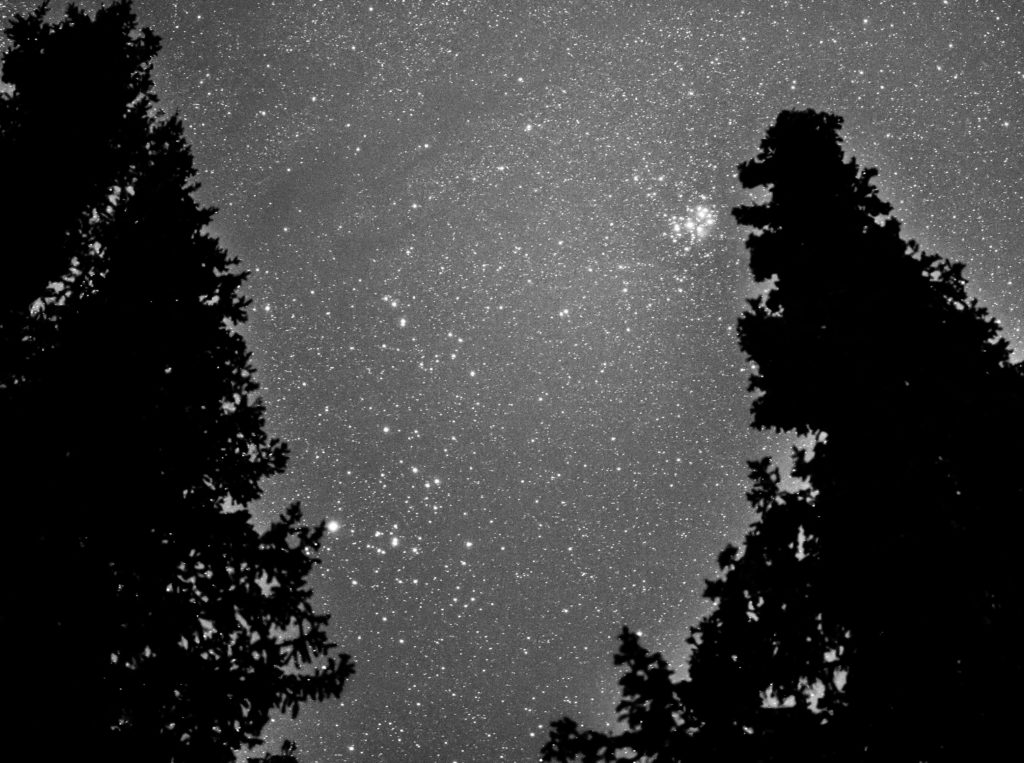
It’s the second-closest star cluster to Earth, and it appears so large that many new stargazers don’t even know it’s a true star cluster. But the Hyades, which make up the V-shaped head of the constellation Taurus, the Bull, is a resplendent collection of young, mostly blue-white stars that are lovely to the unaided eye and a wonder to behold in a pair of binoculars.
Often overshadowed by the smaller and more famous and apparently smaller Pleiades to the west, the Hyades are visible high in the northern sky this time of year. They’re visible from the southern hemisphere, too, perhaps 20° above the northern horizon just after sunset in South Africa, Australia, and New Zealand. An easy way to spot the Hyades? Follow a line from Orion’s Belt to the northwest until you see the little V with the bright orange star Aldebaran at one apex and keep going to get to the Pleiades. Follow Orion’s Belt in the other direction and you’ll find the bright blue-white star Sirius, the brightest star in the sky. The image below shows you what to look for [Read more…] about The Hyades Star Cluster
Share This:

